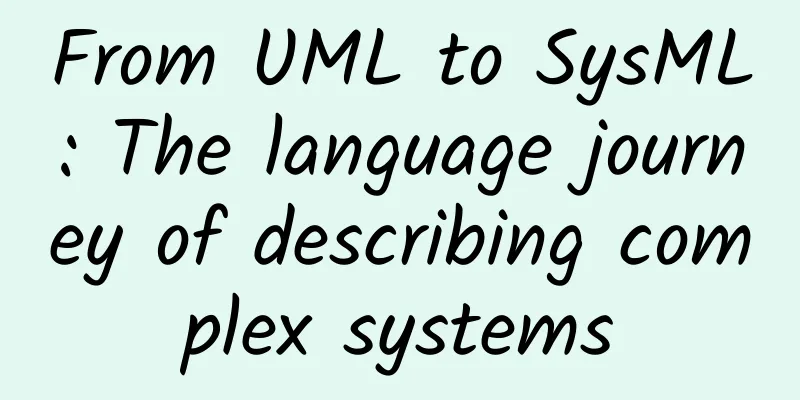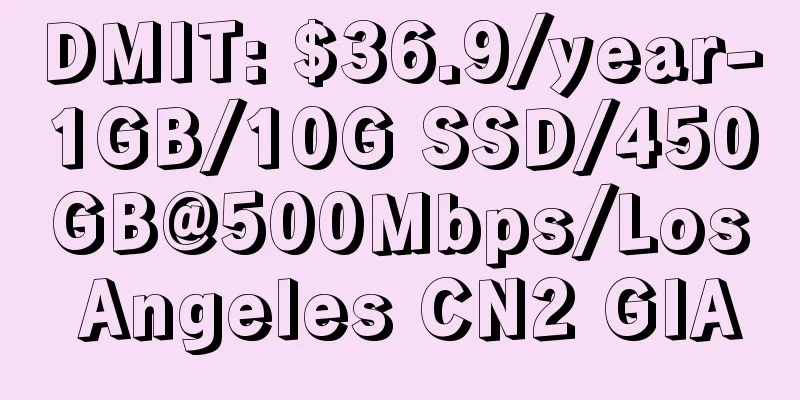From UML to SysML: The language journey of describing complex systems

|
In the vast world of systems engineering, which language can help engineers accurately describe complex systems, capture requirements, and design solutions? The answer is SysML (Systems Modeling Language) - a modeling language tailored for systems engineering. SysML is not only a collection of technologies, but also a historical accumulation. Its development process is full of transformation and innovation. Let's take a journey through time to explore the development history of SysML and how it has become a powerful assistant for system engineers. Preface: The birth of a new languageBack in the early 2000s, the International Council of Systems Engineers (INCOSE) and the Object Management Group (OMG) found that despite the popularity and widespread use of the Unified Modeling Language (UML), it was not expressive enough when dealing with complex system projects. Engineers needed a language that was better suited to describing non-software elements such as hardware and people. Thus, SysML was born, which extends UML to specifically meet the needs of complex system projects. Chapter 1: The evolution of languageThe first official version of SysML was released in 2006. This version focuses on the modeling capabilities of complex systems, including hardware, software, data, people and processes. SysML was designed from the beginning as a simplified but powerful language that reduces some of the complexity of UML to make it more focused on the needs of system engineering. Chapter 2: Exploring the Core FeaturesThe charm of SysML lies in its diversity and flexibility. It includes the following core diagrams:
Chapter 3: Wide range of application scenariosWhether it is airplanes in the sky, cars on the ground, or medical equipment in hospitals, SysML is used almost everywhere. It helps engineers design safer aerospace equipment, develop more efficient cars, and even plays an irreplaceable role in the fields of national defense and public safety. Conclusion: The power of languageSysML is not just a collection of diagrams and symbols, it is a bridge for engineers to communicate with complex systems. Through this unique language, teams can communicate ideas more accurately and collaborate more efficiently. The history and development of SysML not only demonstrates the progress of technology, but also the expectation of unlimited possibilities in the future. SysML will continue to be an indispensable partner on the road to exploring and designing the future world. |
<<: Daily Bug Troubleshooting-All Connections Suddenly Closed
>>: The future of optical communications: innovation and integration of PON technology
Recommend
Understand the benefits of cloud-native networking for secure access to the service edge
To better understand the importance of cloud nati...
Global 6G market expected to reach $20 billion by 2028
In the dynamic world of telecommunications, the a...
Introduction to Socks5 Proxy Protocol
Part 01. Socks5 protocol concept Socks5 is a prox...
Virtono: $2.5/month KVM-1GB/30GB/2TB/16 data centers in Hong Kong, Japan, Singapore, etc.
Virtono is a foreign VPS hosting company founded ...
Hostodo: $17.99/year KVM-1GB/12GB/4TB/Las Vegas
Hostodo is a foreign VPS hosting company founded ...
DreamWorks serves Hangzhou Municipal Government to build the country's leading government cloud
[[188584]] When it comes to Internet companies in...
Top 10 Internet predictions for 2018: growth, screen-swiping, money-spending, and product evolution
Another year has passed, winter has gone and spri...
Enterprise Network Data Communication Solution Practice - EIGRP
Practical objectives: Through practical applicati...
5G is not here yet, but it is within reach
5G is currently the most eye-catching new technol...
[CyberMonday] DediPath Los Angeles VPS 50% off starting at $10/year, dedicated server starting at $45/month
DediPath has launched a Cyber Monday promotion....
Explore the changing landscape in 2024
As we head into 2024, 5G success is on the agenda...
HTTP 2.0 is a bit explosive!
[[420793]] Hey guys, hello everyone, this is prog...
5G is here! How long will it take for it to be truly universally adopted?
4G, the mobile network that allows us to make cal...
JD Interview: What are the differences between Cookie, Session and Token?
As one of the three giants of traditional e-comme...
Inventory: 10 hottest Internet startups in 2021
2021 is a good time for IT startups. In the past ...









